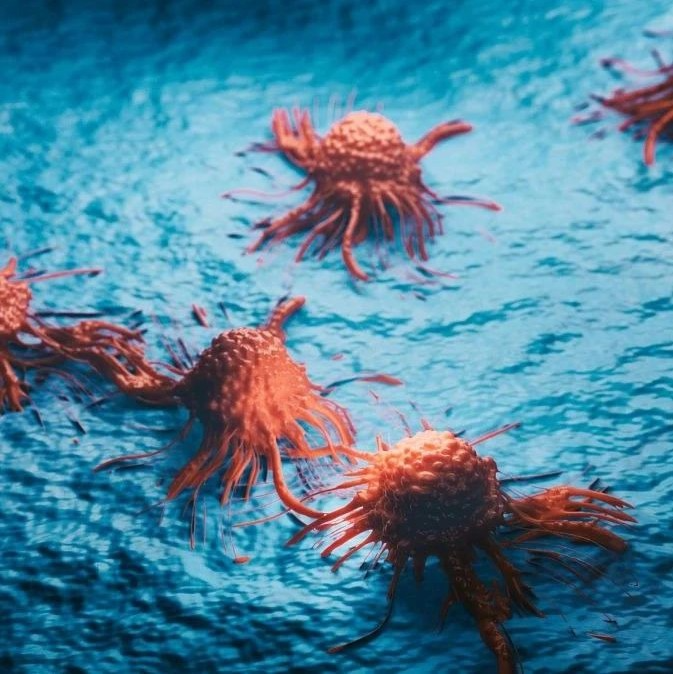由中国西北农林科技大学、美国弗吉尼亚理工大学和法国农业科学院科学家组成的研究小组,在揭示真核类动植物病原菌特别是卵菌的致病机理方面取得重要突破,发现了真核类病菌效应蛋白进入动植物寄主细胞的一种普遍机理,研究结果《膜外3-磷酸磷脂酰肌醇分子介导真核病原菌效应蛋白进入动植物寄主细胞》发表在7月23日出版的国际学术期刊《细胞》杂志上。
卵菌包括霜霉菌、疫霉菌和腐霉菌等,是一类真核微生物,能造成广泛的农作物和林业损失,1840年左右造成爱尔兰大饥荒的马铃薯晚疫病和1990年左右美国西海岸的栎树猝死病就是其中的代表。至今,晚疫病仍是马铃薯生产中最为严重的病害问题。病菌对寄主的侵染定殖和病害的发生,涉及病菌产生的一系列在寄主细胞内发挥干扰效应的小分子蛋白。虽然科学家15年前即已在原核的病原细菌研究方面取得突破,揭示了病原细菌III型分泌系统在其效应蛋白的跨膜转运、进入寄主细胞的关键作用,然而对真核类病菌效应蛋白转运机理的认识仍然十分有限。这些在序列上高度分化多样的真核类病菌效应蛋白,如何进入寄主细胞,是否存在共同的机理进入寄主细胞,是全球科学家十分关注的问题之一。
西北农林科技大学教授单卫星一直从事马铃薯晚疫病防控的应用与基础研究。作为此项研究的负责人之一,他介绍说,在已完成全基因组测序的马铃薯晚疫病菌基因组中,仅RXLR类效应蛋白家族就有600~700个序列上高度分化的成员,认识这些效应蛋白如何进入寄主细胞,对建立新型的病害防控策略意义重大。该研究小组发现,植物细胞质膜外存在大量的3-磷酸磷脂酰肌醇分子,卵菌RXLR效应蛋白通过与其结合进入寄主细胞。
此项研究的骨干成员之一、西北农林科技大学博士生顾彪介绍,卵菌致病关键的RXLR效应蛋白与3-磷酸磷脂酰肌醇分子的结合是由RXLR结构域介导的;植物病原真菌的效应蛋白也存在类似卵菌RXLR效应蛋白的功能结构域,并且通过与3-磷酸磷脂酰肌醇分子的结合进入寄主植物细胞。
单卫星还介绍说,课题组的研究揭示了真核类病原菌效应蛋白进入动植物寄主细胞的一种普遍机理,这对药物和杀菌剂研发具有开拓性的意义。
据悉,此项研究得到科技部“973”项目和现代农业产业技术体系的资助。
《科学时报》 (2010-7-29 A1 要闻)
更多阅读
《细胞》发表论文摘要(英文)
Cell, Volume 142, Issue 2, 284-295, 23 July 2010 | Copyright 2010 Elsevier Inc. All rights reserved. | 10.1016/j.cell.2010.06.008
External Lipid PI3P Mediates Entry of Eukaryotic Pathogen Effectors into Plant and Animal Host Cells
Shiv D. Kale, Biao Gu, Daniel G.S. Capelluto, Daolong Dou, Emily Feldman, Amanda Rumore, Felipe D. Arredondo, Regina Hanlon, Isabelle Fudal, Thierry Rouxel, Christopher B. Lawrence, Weixing Shan, Brett M. Tyler
Highlights
Oomycete and fungal pathogen effectors bind PI3P via their host cell entry motifs
PI3P is abundant on the surface of plant cells and some human cells
Binding to PI3P is required for host cell entry via lipid raft-mediated endocytosis
Blocking of effector entry by exogenous molecules suggests therapeutic strategies
Summary
Pathogens of plants and animals produce effector proteins that are transferred into the cytoplasm of host cells to suppress host defenses. One type of plant pathogens, oomycetes, produces effector proteins with N-terminal RXLR and dEER motifs that enable entry into host cells. We show here that effectors of another pathogen type, fungi, contain functional variants of the RXLR motif, and that the oomycete and fungal RXLR motifs enable binding to the phospholipid, phosphatidylinositol-3-phosphate (PI3P). We find that PI3P is abundant on the outer surface of plant cell plasma membranes and, furthermore, on some animal cells. All effectors could also enter human cells, suggesting that PI3P-mediated effector entry may be very widespread in plant, animal and human pathogenesis. Entry into both plant and animal cells involves lipid raft-mediated endocytosis. Blocking PI3P binding inhibited effector entry, suggesting new therapeutic avenues.







